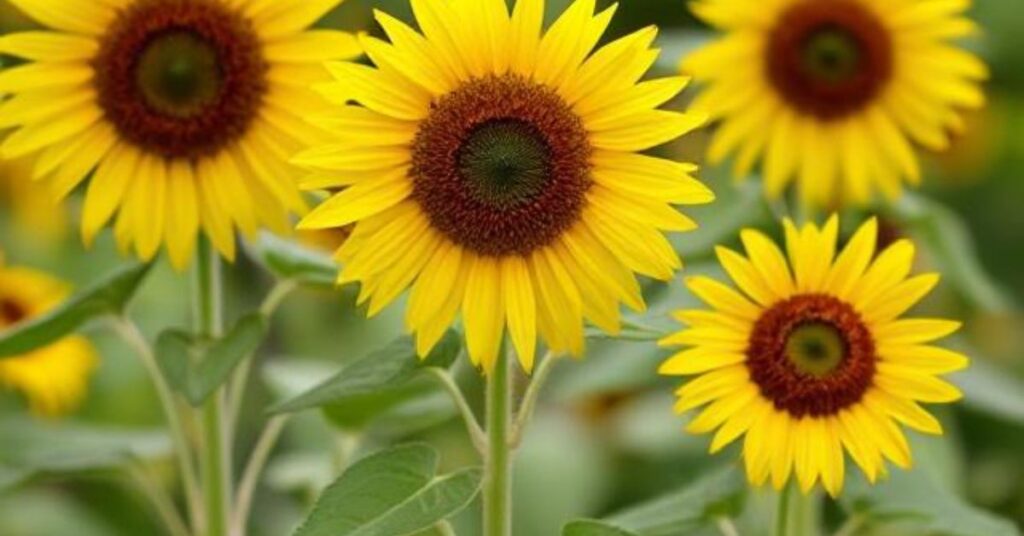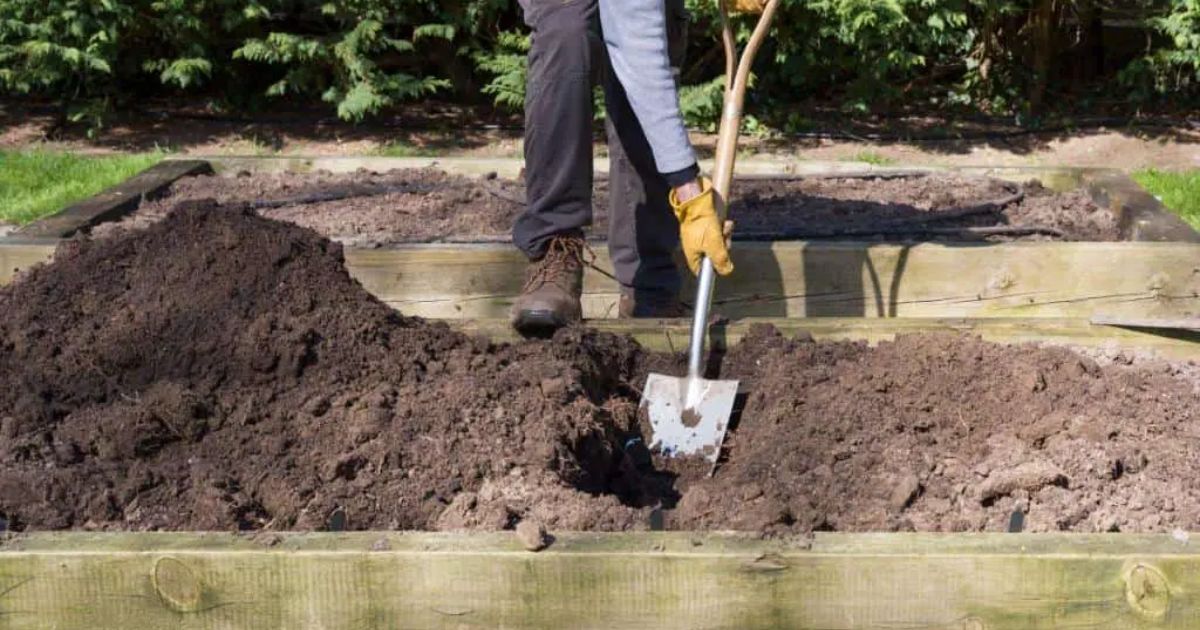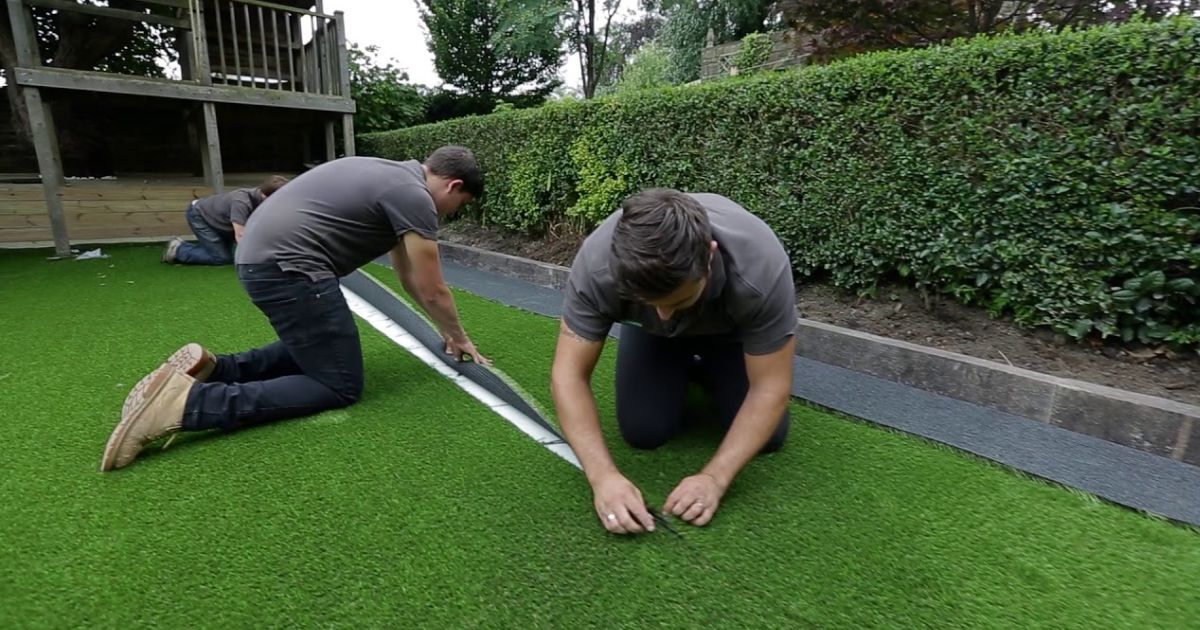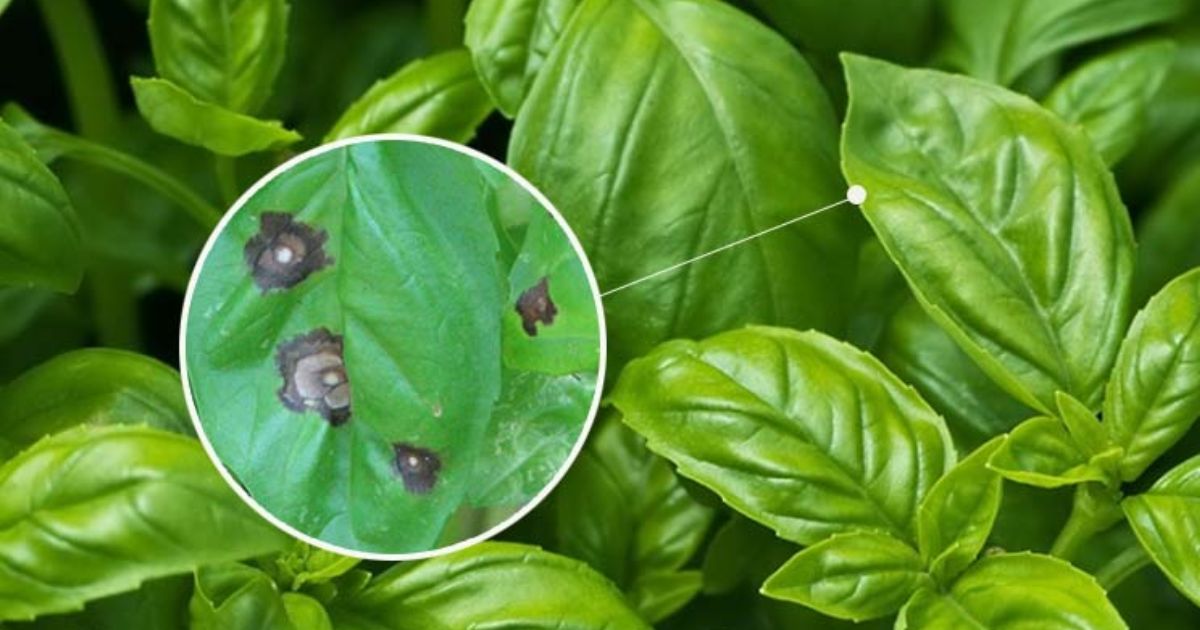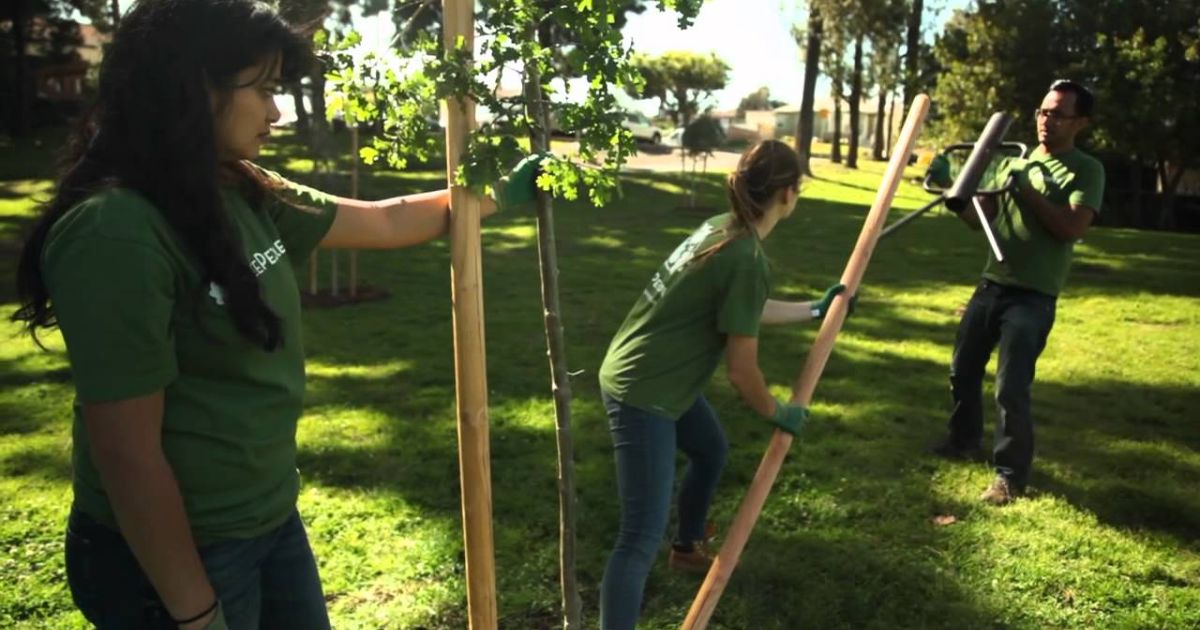Dwarf sunflowers are a fantastic choice for gardeners with limited space. Unlike their towering relatives, these compact beauties bring the same cheerful, golden blooms without requiring a vast garden. Whether you have a small balcony, a patio, or a sunny windowsill, you can quickly grow these vibrant flowers in containers or small garden beds.
Not only are dwarf sunflowers easy to grow, but they also thrive with minimal care, making them perfect for beginners. Their vibrant blossoms bring life and color to any area by drawing pollinators like bees and butterflies. Everything you need to know to produce miniature sunflower seedling will be covered in this tutorial, from choosing the best variety to taking care of them.
What Are Mini Sunflowers Called?
Mini sunflowers, often referred to as dwarf sunflowers, are charming, compact versions of the classic tall sunflower. While regular sunflowers can grow over 6 feet tall, dwarf varieties typically stay under 3 feet, making them perfect for small gardens, pots, and indoor decorations.‘Teddy Bear’ is one of the most well-liked dwarf sunflower cultivars. ‘Little Becka’, and ‘Sunspot’. These mini sunflowers are as vibrant and cheerful as their taller cousins but are easier to manage and maintain. Their short stature doesn’t take away from their bright yellow petals and classic sunflower shape, making them a favourite among gardeners who want immense beauty in a small space.
Dwarf sunflowers are also great for kids’ gardening projects and beginner gardeners. They bloom quickly, require little maintenance, and bring instant sunshine to any area. Plus, they attract bees and butterflies, adding life to your garden.So, if you’re looking for sunflowers that are small but big in personality, dwarf sunflowers are the way to go!
Choosing the Right Dwarf Sunflower Variety
When selecting a wild sunflower variety, How to Grow and Care consider height, bloom size, and where you plan to grow it. Unlike traditional sunflowers, which can reach over 10 feet tall, dwarf sunflowers typically grow between 12 and 36 inches, making them ideal for small spaces, containers, and balconies.
Some popular dwarf sunflower varieties include:
- ‘Sunspot’ – A compact variety that grows up to 2 feet tall with large, bright yellow blooms.
- ‘Teddy Bear’ – Known for its fluffy, double-petaled flowers and bushy growth, reaching about 18 inches tall.
- ‘Elf’ – One of the shortest varieties, growing 12 to 16 inches tall, perfect for indoor pots.
- ‘Big Smile’ – A quick-growing variety with small but vibrant flowers, 10 Common Seed Starting ideal for container gardening.
Choosing the right variety depends on your available space and personal preference. Whether you want large, showy blooms or compact, bushy plants, there’s a perfect red sunflower plant for every gardener!
Benefits of Growing Sunflowers in Limited Space
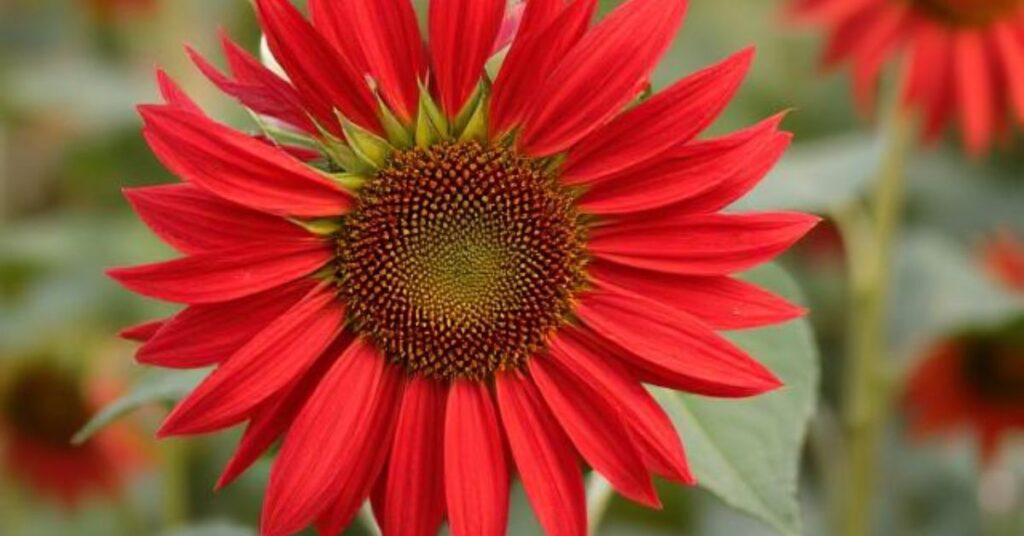
sunflower seeds plant are great for small gardens, balconies, or container gardening. Their vibrant yellow blooms add beauty and draw in helpful pollinators, such as butterflies and bees, to support a more robust ecology. Encourage a healthier ecology by drawing in beneficial pollinators like bees and butterflies. Furthermore, sunflowers yield seeds high in vitamins, minerals, and good fats. You can make the most of your resources by growing them in a small area, which makes them perfect for urban gardeners or people with little outside space. Why Scarifying Your Lawn Can Fix Grass Problems Fast
Choosing the Right Sunflower Variety
Not all sunflower seedling are suited for small spaces. To ensure success, select dwarf or compact varieties explicitly bred for container gardening or small garden beds. The Best Containers for Seed Storage These sunflowers have shorter stalks and smaller flower heads, making them more manageable in limited areas. Popular dwarf varieties include:
- ‘Sunspot’ – Compact with large, vibrant flowers
- ‘Teddy Bear’ – Bushy growth with fluffy, double blooms
- ‘Music Box’ – A mix of colors with multiple blooms per plant
Best Location for Sunflowers
sunflower fertilizer thrive in full sun, needing at least 6–8 hours of direct sunlight daily. If you have a balcony, place them where they receive the most sunlight. For indoor growing, position them near a south-facing window. Since sunflowers grow tall, ensure they are sheltered from strong winds that could damage their stalks.
Preparing the Soil for Sunflowers
Healthy soil is key to growing strong helianthus giganteus. To produce the perfect growing environment, take the following actions:
- Loosen the Soil: Break up compacted soil with a tiller or garden fork.
- Remove Weeds & Debris – Ensure there’s no competition for nutrients.
- Enrich the Soil – Add compost or well-rotted manure for improved drainage and The No-Brainer Guide to Starting Seeds Indoors fertility.
Use pots at least 12 inches deep with drainage holes for container gardening to prevent waterlogging.
Planting Sunflower Seeds
Once your soil is prepared, follow these steps to plant your sunflower seeds to plant:
- Plant Seeds 1 Inch Deep – Space them according to the seed packet’s instructions.
- Water Gently & Thoroughly – Ensure good seed-to-soil contact for proper germination.
- Maintain Moisture – Keep the soil evenly moist but avoid overwatering.
Caring for Sunflowers in Small Spaces
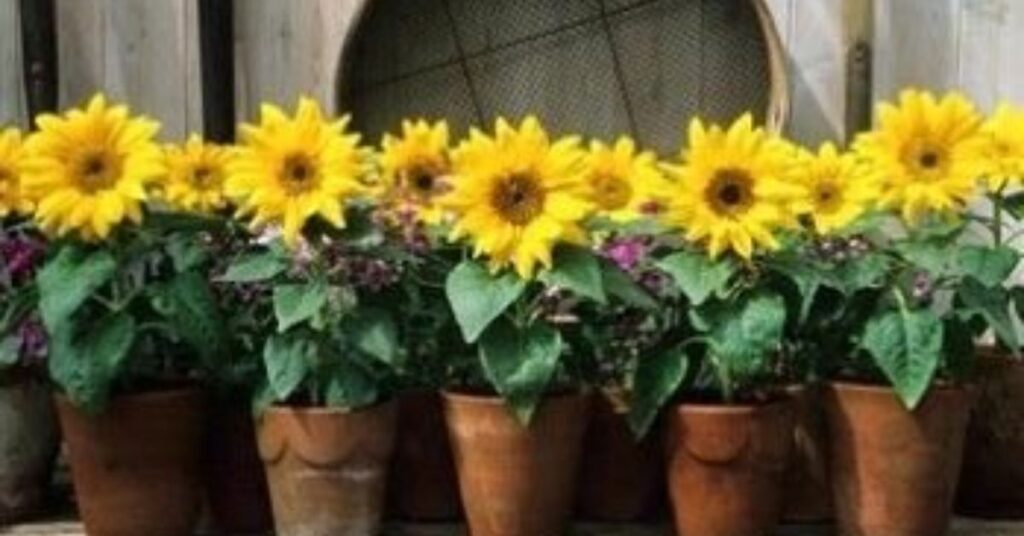
Watering: Sunflowers need consistent watering, especially during dry spells. Water deeply at the base while keeping the foliage dry to prevent fungal issues.
Fertilizing—Sunflowers are heavy feeders. When planting, use a slow-release and energy for a few weeks, and add a liquid fertilizer every few weeks as a supplement.
Support by Staking: Taller dwarf incredible sunflower seeds may require trellises or stakes to prevent them from bending or tipping over. Tie the stems firmly with a soft string.
Pest Control: Although sunflowers are often pest-free, they can draw birds, caterpillars, Best Fertilize Tomatoes and aphids. Regularly inspect your plants and employ natural pest control techniques like hand-picking pests or misting with a mild soap solution.
Gathering and Preparing Sunflower Seeds
Harvesting the seeds is one of the most thrilling parts of cultivating sunflowers!
Signs Sunflower Seeds Are Ready for Harvest:
- Petals have dried and fallen off.
- The back of the flower head turns yellow or brown.
- Disc florets (small flower parts on the head) easily rub off.
Harvesting Steps:
- Cut the Flower Heads: Use sharp scissors or pruners, leaving a 6–8-inch stalk attached.
- Dry the Heads: Place them in a paper bag or hang them upside down in a well-ventilated area for a few weeks.
- Extract the Seeds: Once dry, rub the heads gently to remove the seeds. Best Strawberry Types Use a sieve to separate the seeds from the chaff.
- Storage: Keep the seeds in airtight containers in a cool, dry place.
- Pro Tip: If you wait too long, birds and squirrels may eat most of your seeds before you get to them!
Using Sunflower Seeds
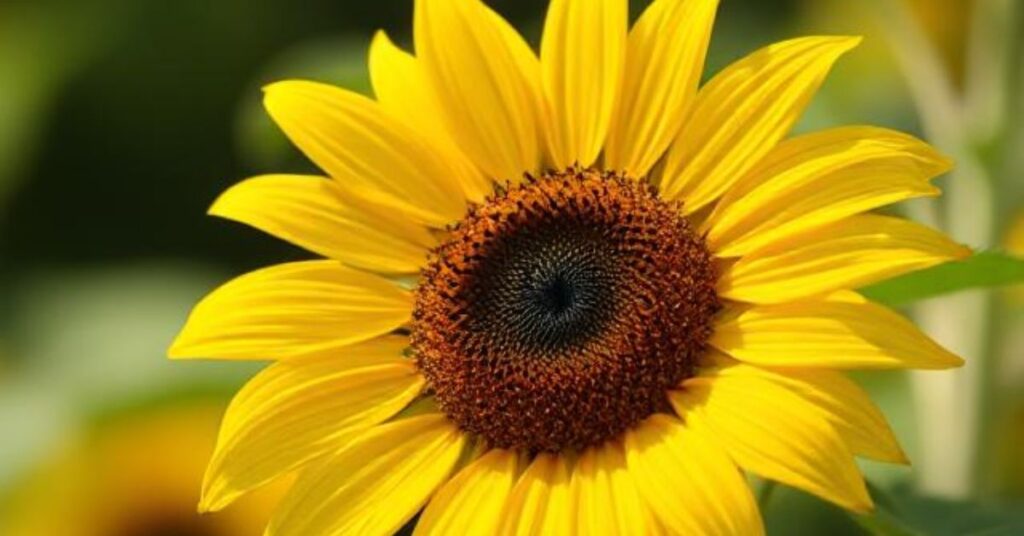
Bird Feeding: Farmer Fred and I grow sunflower seeds for planting mainly for bird seed. We love watching birds feast on organic black oil sunflower seeds near our kitchen window!
For Eating – We find shelling sunflower seeds too tedious, so we buy organic raw sunflower seeds and roast them for:
- Salads
- Granola
- Smoothies
- Homemade Sunflower Butter
Following these steps, you can grow sunflower sapling in small spaces and enjoy their beauty and benefits.
Lemon Queen Sunflower in Pots
Yes, you can grow Lemon Queen sunflowers in pots, which look stunning! Known for their soft yellow petals and dark centres, Lemon Queen sunflowers add a cheerful, elegant vibe to patios, balconies, and small outdoor spaces. While they can reach 5 to 7 feet in the ground, container-grown plants usually stay smaller, making them manageable for pot cultivation.To grow Lemon Queen sunflowers in containers, choose a large pot—at least 12 to 18 inches deep—with good drainage. Use rich, well-draining soil and place the pot in a sunny location (they love full sun!). Water regularly, but avoid waterlogging. These sunflowers are relatively low-maintenance and thrive with occasional feeding using a balanced fertilizer.
What’s even better? Lemon Queens attract bees, butterflies, and birds, turning your patio into a mini wildlife haven. They bloom beautifully in late summer and are great for cutting flower arrangements.So, if you’re short on garden space but still want that sunny sunflower glow, try planting Lemon Queen sunflowers in pots—you’ll be amazed at how easily they brighten up your outdoor nook!
Conclusion
Growing sunflowers in a small space is a rewarding and practical way to bring beauty, biodiversity, and nutrition to your garden. Whether you cultivate them for their cheerful blooms, attract pollinators, harvest seeds for personal use, or feed birds, sunflowers thrive with the proper care and conditions.You can grow sunflowers even in compact spaces like balconies, patios, or small garden beds by selecting the appropriate variety, ensuring proper soil preparation, and providing adequate sunlight and water. Their low-maintenance nature and ability to adapt make them an excellent choice for beginner and experienced gardeners.
With some planning and effort, you can enjoy the many benefits of sunflower seed plant—from brightening your space to harvesting delicious seeds. So, whether you’re growing them for yourself or the wildlife around you, sunflowers are a fantastic addition to any miniature garden.
FAQ
Can sunflowers grow in pots or containers?
Yes! Many dwarf sunflower varieties, such as ‘Sunspot,’ ‘Teddy Bear,’ and ‘Music Box,’ are perfect for container gardening. To guarantee good root growth And wholesome root development, use a pot at least 12 inches deep with drainage holes.
To what extent do sunflowers require sunlight?
Sunflowers need six to eight hours of direct sunlight per day to grow. If grown indoors, place them close to a south-facing window or as close to the sun as possible.
What is the ideal soil type for sunflowers?
Sunflowers thrive in soil that drains well and is high in organic matter. Incorporate compost or well-rotted manure to enhance drainage and fertility in heavy or clay-like soil.
How frequently do I need to water my sunflowers?
Sunflowers require frequent watering, particularly in arid climates. Water deeply at the plant’s base to maintain uniform moisture in the soil without becoming soggy. Root rot can be brought on by overwatering.
Do sunflowers need fertilizer?
Yes. Sunflowers are heavy feeders and benefit from a balanced, slow-release fertilizer when planted. For optimal growth and seed production, apply liquid fertilizer every few weeks during the growing season.
Do sunflowers need support?
Tall sunflowers may need staking to prevent falling over, especially in windy conditions. Use stakes or a trellis system, and tie the stems gently with garden twine.
How do I prevent pests from damaging my sunflowers?
Sunflowers are generally pest-resistant but can attract aphids, caterpillars, or birds. Use natural pest control techniques, including spraying a mild soap solution for aphids or covering heads with mesh bags to protect seeds from birds.

